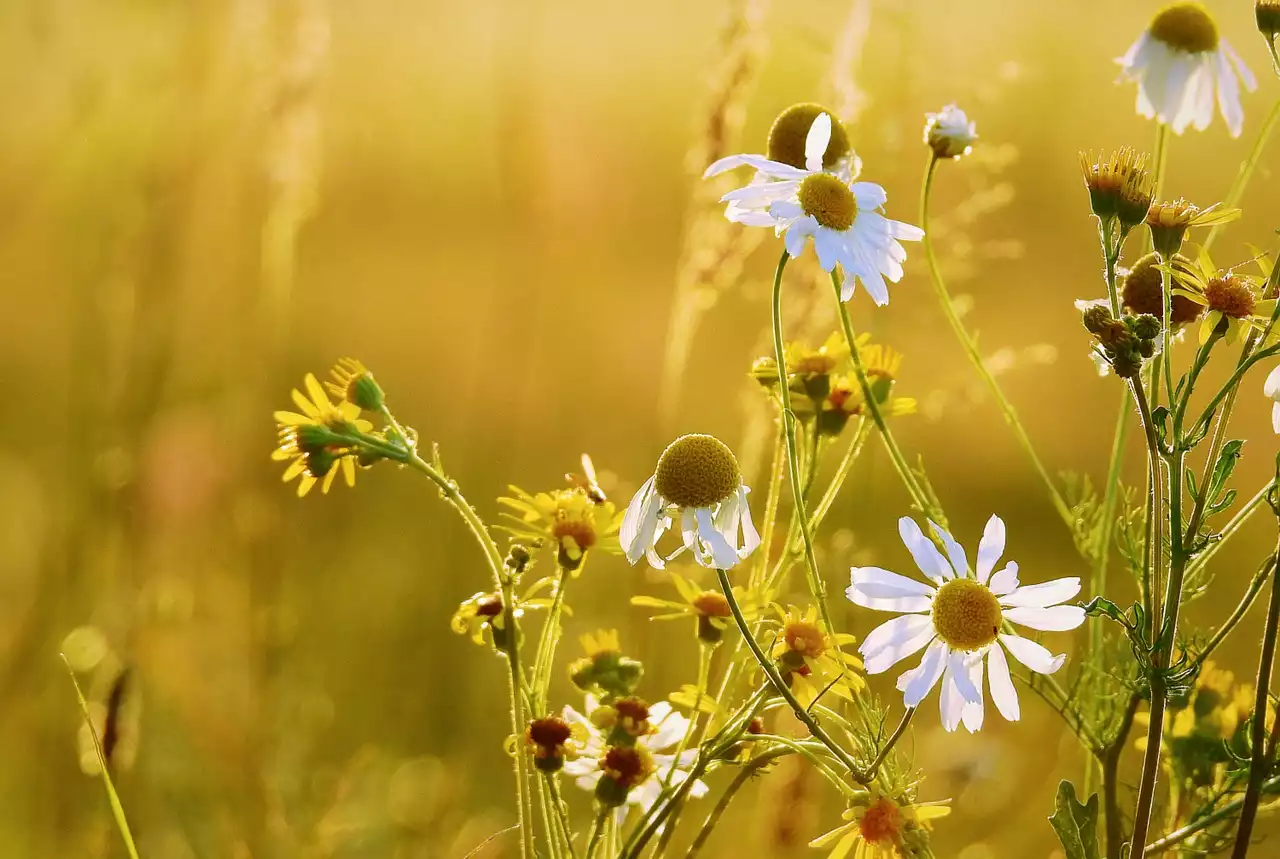Humphrey Repton is often seen as the last great English landscape gardener. He was born in Great Pending in Essex on the 13th July 1752, the third child of John and Grace Repton. His father was a woolen manufacturer and so Humphry grew up in a privileged environment. However he did not inherit his father’s business but instead pursued a career in landscaping and gardening. At age 18, he began an apprenticeship with William Atkinson, who trained him until his 21st birthday in September 1773. Following this period of training, he spent four years traveling through Europe meeting other designers and making contacts that would help him throughout his career.
Repton’s Early Career
Humphry Repton’s early career was much like that of other English landscape designers of the time. He was often employed to redesign the grounds of large estates and country estates. Indeed, he is credited with revolutionizing the English approach to gardens and landscaping. He was known for attempting to improve the natural landscape; although he didn’t actually create anything new, he would rearrange what was there. He was also known for taking a scientific approach to his designs. He often employed extensive planting, which involved the use of larger trees and shrubs that gave the landscape a more natural and woodland appearance. He was also a big proponent of naturalizing, which involved the use of native plants in order to create a more English feel to the gardens.
Repton’s Later Career
During the course of his career, Humphry Repton designed many notable gardens, estates, and parks. Some of the most notable of these are listed below: He designed the grounds of Blenheim Palace, the estate of Woodstock, Oxfordshire, which is now the home of the Dukes of Oxford. He also designed the grounds of Goodwood House, Sussex. He also designed the grounds of Theobald’s Park, Hertfordshire. He also designed the grounds of Chatsworth House, Derbyshire, which is now the home of the Dukes of Devonshire. He also designed the grounds of Kirby Hall, Yorkshire. He also designed the grounds of Wilton House, Wiltshire, which is now the home of the Dukes of Buccleuch. He also designed the grounds of Wimpole Hall, Cambridgeshire, which is now the home of the Dukes of Cornwallis. He also designed the grounds of Burghley House, Lincolnshire. He also designed the grounds of Hursley Park, Hampshire. He also designed the grounds of Bentley Park, Oxfordshire. He also designed the grounds of Stowe House, Buckinghamshire, which is now the home of the Stowe School. He also designed the grounds of Grove Park, Hertfordshire.
The Gardeners Company
A significant portion of Humphry Repton’s career was spent as a member of The Gardeners Company, one of the oldest gardening societies in England. The society was established on the 16th of March 1568 and today has over 3,000 members. The Gardeners Company has a very long and rich history, having been established in the reign of Queen Elizabeth I. At the time, it was primarily an organization of craftsmen and designers who worked in the gardens and parks of the English aristocracy. Humphry Repton was elected to membership in the society on the 4th of November 1799. In 1812, he became the society’s Curator and in 1816, he was elected Master of the Company. His duties as Master included presiding over the annual meeting of members and overseeing the management of the company’s finances.
Final Words: A Legacy of Beauty
Humphry Repton’s influence on the English landscape is undeniable. Many of the gardens and parks he designed during his lifetime remain intact today, offering visitors a glimpse into the landscape and gardening styles of the eighteenth and nineteenth centuries. He is often referred to as the last great designer of the English landscape. While the practice of landscape gardening did not end with his death in 1819, it did evolve with the times. His use of extensive planting, naturalization, and scientific approach to landscaping have had lasting effects on the English landscape. And while it’s difficult to see the connections between his designs and those used today, his approach to gardening has had a significant impact on the way we view and experience gardens to this day.
Humphry Repton: Early Landscape Gardening Designs in Colour
Humphry Repton: Early Landscape Gardening Designs in Colour is a colorized reproduction of the first edition of Humphrey Repton’s The Red Book (1803). It is a record of his earliest designs and was first published in 1809. The Red Book is a large folio containing 12 colour plates, each with accompanying landscape designs. This volume is significant in that it contains the first ever colour plates published in England. Humphrey Repton wrote and designed each of the colour plates himself. The book contains 72 designs, nine of which are double page spreads. This beautiful book has been reprinted several times over the years, each time in a limited edition. The most recent edition was published in 2003 and includes an introduction by Tim Clarkson. The book is a great resource for anyone interested in the history of landscaping and gardening. These colour plates offer us a glimpse into the gardening styles of the early nineteenth century.


 Furniture and Accessories Hacks to Make Your Life Easier
Furniture and Accessories Hacks to Make Your Life Easier How long does it take to complete a kitchen remodel
How long does it take to complete a kitchen remodel Open Plan Kitchen Design
Open Plan Kitchen Design William Kent Gardening Architect Designer
William Kent Gardening Architect Designer Gertrude Jekyll the Gardening Expert
Gertrude Jekyll the Gardening Expert Fanny Wilkinson the Gardening Expert and Plants Woman
Fanny Wilkinson the Gardening Expert and Plants Woman Alan Titchmarsh British Gardening Expert and Broadcaster
Alan Titchmarsh British Gardening Expert and Broadcaster